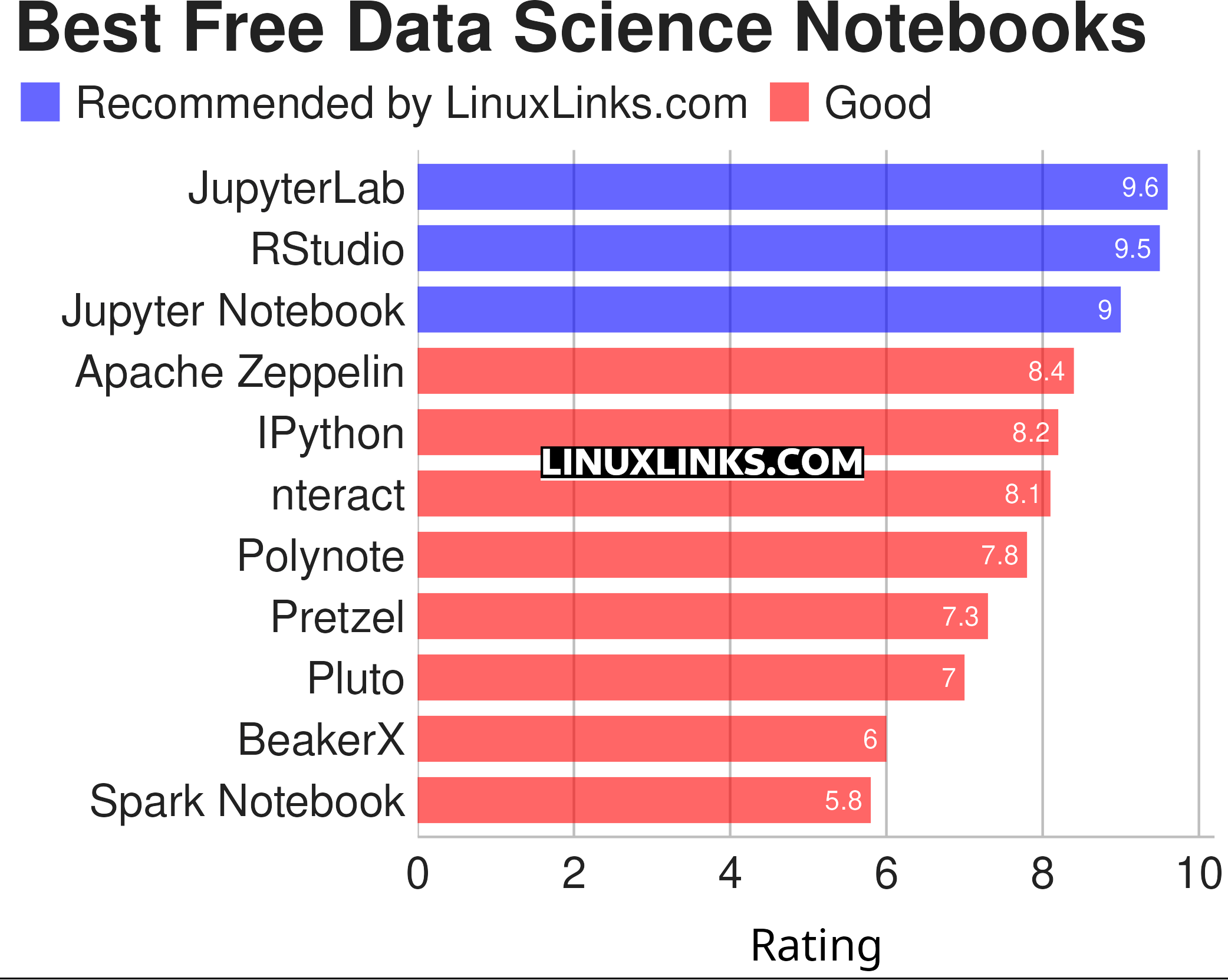A data scientist devotes considerable time and effort collecting, cleaning, and filtering data. The goal is to extract valuable insights and useful information from that data. Anything that speeds up that process is going to be desirable. Being able to interactively explore data helps streamline this process. An increasingly popular way to interact with data is with an interactive notebook. So what’s this type of notebook offer?
A notebook interface is a virtual collaborative environment which contains computer code and rich text elements. Notebook documents are human-readable documents with the analysis description and the results together with the executable documents which can be run to perform data analysis. These documents can be saved as files, checked into revision control just like code, and freely shared. They run on any platform, thanks to their browser-based user interface. In essence, they are a virtual notebook environment used for literate programming. They offer a great developer experience and allow for rapid development and extensibility.
Notebooks offer a more exploratory method to write code compared with Integrated Development Environments. They provide a handy way to run impromptu queries, perform complex data analysis, and data visualizations. Edit, run and re-run snippets of code. Make beautiful data-driven, interactive and collaborative documents. Each notebook is a place for recording written ideas, data, images, spreadsheets, diagrams, equations, and especially code, produced in the course of research. Analyze, visualize, and document data and science, using multiple programming languages sometimes in a single notebook.
Seeking a solution to a data science problem? Notebooks offer an interactive environment to work and share code with others. Experimentation, exploration and collaboration with notebooks is an effective way to teach computational thinking. Notebooks are also entering the sphere of powering business intelligence dashboards. For a clear and reproducible report, a notebook can be the ideal solution.
The concept of computer notebooks is well travelled. But this type of interactive environment is blossoming for sharing and developing data science. Notebooks have changed how data science teams work enabling them to access scalable computing clusters.
There are many notebook implementations available today. This article selects the best open source solutions. They all offer a flexible coding and prototyping environment. Our strongest recommendation is awarded to JupyterLab and RStudio.

Click the links in the table to learn more about each notebook.
| Notebook software | |
|---|---|
| JupyterLab | The next generation user interface for Project Jupyter |
| RStudio | Integrated development environment (IDE) for R |
| Jupyter Notebook | Web-based notebook environment for interactive computing |
| Apache Zeppelin | Multi-purpose notebook |
| IPython | Rich architecture for interactive computing |
| nteract | Notebooks on your Desktop |
| Polynote | Experimental polyglot notebook environment |
| Pretzel | Billed as a modern replacement for Jupyter Notebooks |
| Pluto | Simple reactive notebooks for Juli |
| BeakerX | Kernels and extensions to the Jupyter interactive computing environment |
| Spark Notebook | Interactive and reactive data science using Scala and Spark |
This article has been revamped in line with our recent announcement.
 Read our complete collection of recommended free and open source software. Our curated compilation covers all categories of software. Read our complete collection of recommended free and open source software. Our curated compilation covers all categories of software. Spotted a useful open source Linux program not covered on our site? Please let us know by completing this form. The software collection forms part of our series of informative articles for Linux enthusiasts. There are hundreds of in-depth reviews, open source alternatives to proprietary software from large corporations like Google, Microsoft, Apple, Adobe, IBM, Cisco, Oracle, and Autodesk. There are also fun things to try, hardware, free programming books and tutorials, and much more. |
